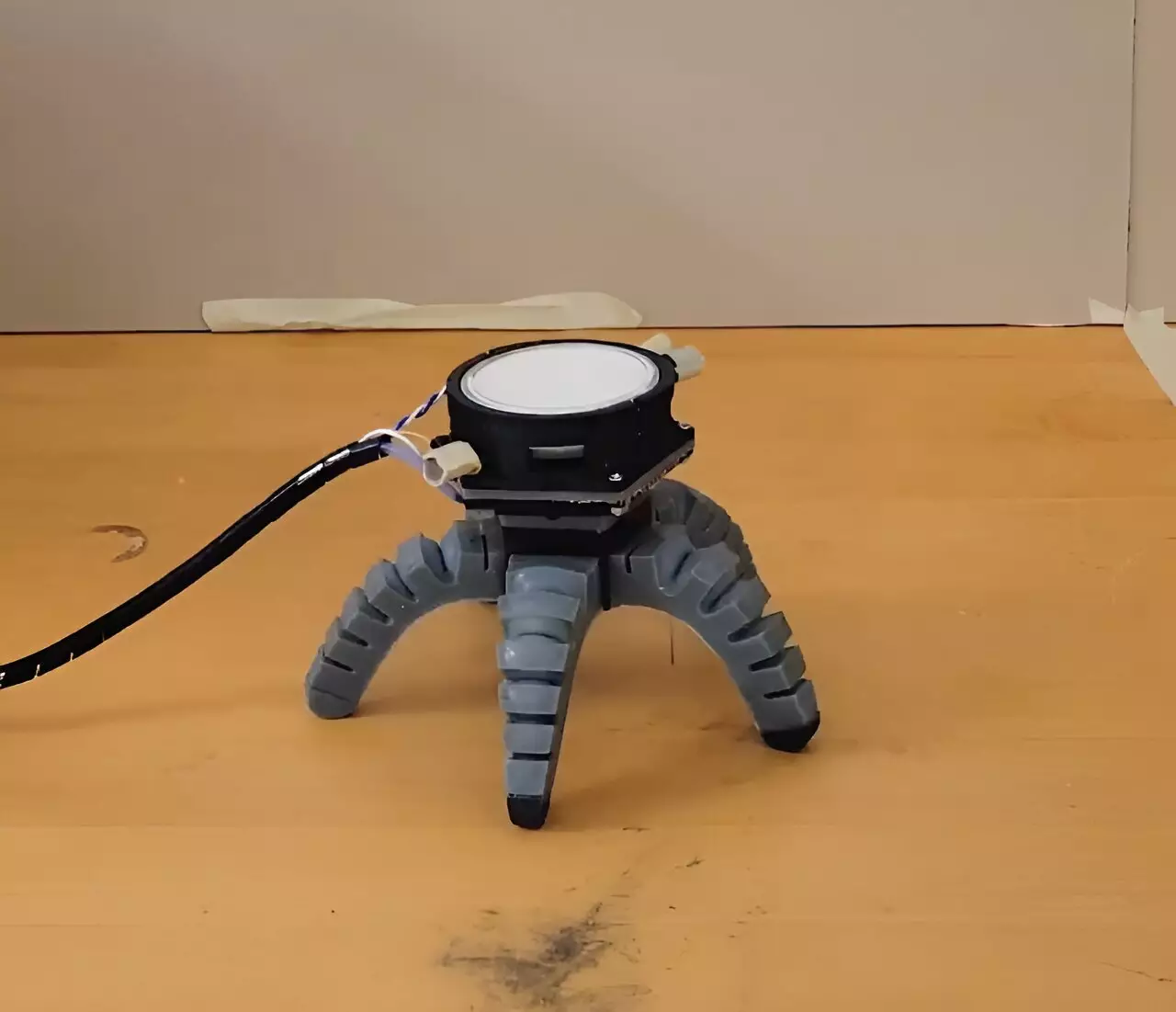The dawn of a new era in robotics may very well lie in the most unexpected of places: beneath our feet in the earthy substrate of the forest floor. Recent research from Cornell University has unveiled an intriguing approach to robotic design by integrating fungal mycelia into robots. This innovative blend of biology and technology emphasizes the potential for self-regulating, environmentally responsive machines that could fundamentally alter the landscape of robotic applications. As the researchers explore this unprecedented avenue, they beckon a future filled with exciting possibilities that extend beyond mechanical and synthetic parameters.
Harnessing Nature’s Signals
Anand Mishra, a research associate in the Organic Robotics Lab at Cornell University, led this scholarly endeavor, which examined how fungal mycelia can act as responsive components of biohybrid robots. The main paper elucidates how mycelia can produce electrical signals that convey vital environmental information to robots, which, when properly harnessed, allow for sophisticated interaction with their surroundings. By utilizing these biological signals, the researchers crafted robots that could exhibit a degree of autonomy absent in standard synthetic machines.
This transformation of mycelial signals into actionable commands for robots suggests a significant leap in dynamic robotic performance. Mishra notes the challenges posed by purely synthetic sensors, which are generally limited to single input/output tasks. Living systems, like mycelia, demonstrate a remarkable capacity to respond to a variety of stimuli, which enhances the potential functionality of robotic systems. The scope of this research encourages not only mechanical prowess but also a reconsideration of how robots could navigate complex environments, shedding light on signals and inputs beyond initial programming.
Developing biohybrid robots necessitates collaboration across numerous scientific fields, from mechanical engineering and electronics to neurobiology and mycology. Mishra’s team is an embodiment of this interdisciplinary approach, relying on expertise from various disciplines to build their systems. Engaging with specialists, such as Bruce Johnson in neurobiology and Kathie Hodge in mycology, underscored the importance of shared knowledge in overcoming the challenges associated with integrating fungi into robotic systems. Contamination, for instance, proved a significant hurdle in creating viable fungal cultures that could be used in robotics. Thus, establishing a clean and sustainable process for mycelial growth was crucial.
This collaborative model reflects a broader trend in research where the fusion of diverse academic traditions fosters innovation and creativity. Moving forward, the realization of effective biohybrid systems will depend not only on technical skills but on the establishment of bridges between seemingly disparate scientific realms.
The practical implications of integrating mycelia into robotics extend greatly beyond merely controlling mechanical actuation. This research opens avenues for more context-aware robots capable of responding to their environments in real-time based on biological cues. For instance, the potential application of these new robots might include precision agriculture, where they could assess soil conditions and respond by adjusting fertilizer levels accordingly. This utility could yield significant environmental benefits, addressing issues like nutrient runoff that lead to harmful algal blooms.
Moreover, the experiments conducted with biohybrid robots at Cornell showcased their remarkable adaptability. For example, one experiment prompted the robots to alter their movements in response to ultraviolet light, illustrating the translation of mycelial signals into dynamic and variable robotic behaviors. Such adaptability highlights the viability of these systems in environments where rapid responsiveness is essential, further solidifying the role of biohybrid technology in future robotics.
The Intersection of Living Systems and Robotics
Perhaps the most inspiring aspect of incorporating mycelia into robotic systems is the profound connection it forges between the living and non-living worlds. As Mishra succinctly puts it, understanding the signals from mycelia allows researchers to gain insight into the biological responses to environmental stresses. This bridging fosters a unique synergy; robots are not merely machines but extensions of a living system, ensuring that every action they take reflects the underlying biological processes at play.
As such, this pioneering research not only serves to propel robotic technology but also prompts a reevaluation of our relationship with the ecosystems that foster these innovations. In blending technology with a living entity, researchers at Cornell provoke critical questions about sustainability, ethics, and the futures of both robotics and environmental stewardship.
The journey of harnessing fungal mycelia within the engineering of biohybrid robots holds immense promise. Through innovative thinking and interdisciplinary collaboration, the boundaries of robotics are being expanded, paving the way for future technologies that are more responsive, environmentally attuned, and integrated with the ecosystems they inhabit.

